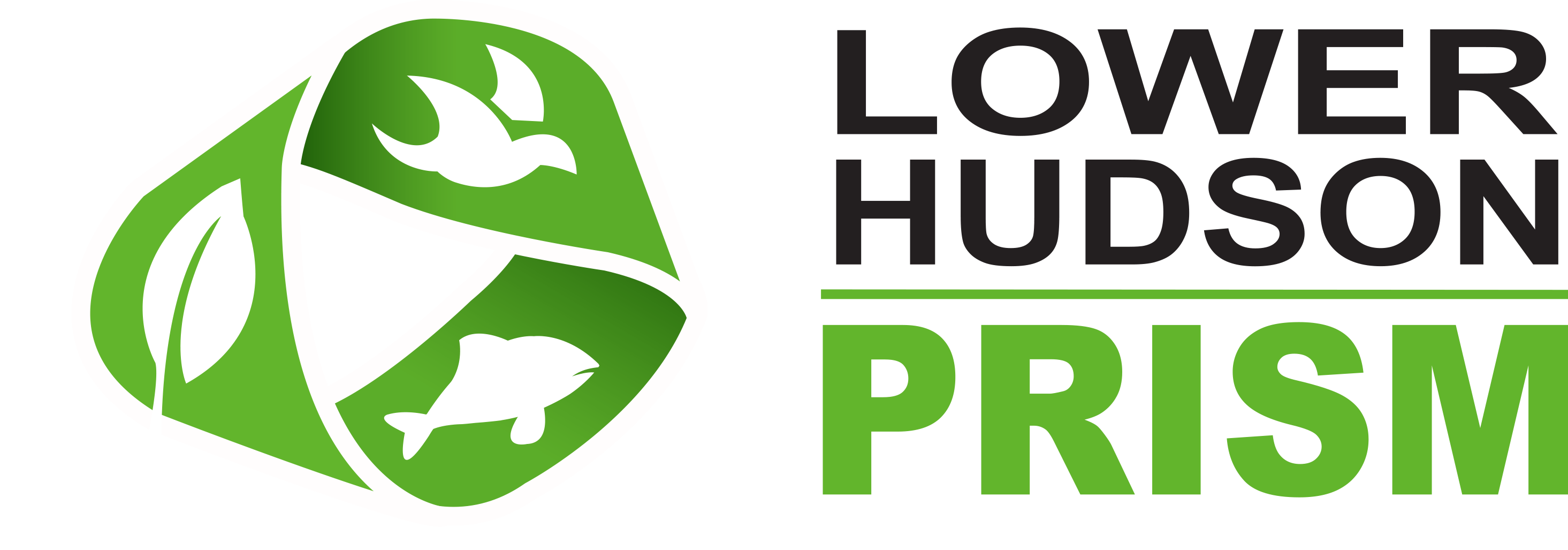INVASIVE SPECIES WEBINARS
In 2017, the Association of State Wetland Managers received a Cooperative Agreement Award from the U.S. Fish and Wildlife Service’s Coastal Program to organize and host a mini webinar series on best management practices for invasive species management in wetlands in coastal areas of the country. Special attention was paid to ecosystem service provision and the diverse strategies that may be employed to manage or eradicate an invasive species based on the species, region of the U.S. where it is located, and considerations associated with climate change.
PRESENTERS
- Dr. Rodrigo Diaz, Assistant Professor, Louisiana State University Dept. of Entomology
- Lori Moshman, Graduate Assistant, Louisiana State University Dept. of Entomology
- Nathan Harms, Research Biologist, U.S. Army Engineer Research and Development Center

ABSTRACTS
Dr. Rodrigo Diaz
Biological Control and Giant salvinia
Biological control is the intentional manipulation of natural enemies to reduce pest populations. Classical biological control is the introduction of natural enemies from the native range of the target pest. This approach has resulted in successful control of aquatic weeds in southeastern U.S. including water hyacinth, alligatorweed, melaleuca, and giant salvinia. To successfully implement a biological control program, practitioners need to understand the life cycle, dispersal, and impact of the natural enemy. Monitoring weed and natural enemy populations is critical for the program since it helps to determine the impact during the growing season, limitations, and need for more agents or other control tactics.
Giant salvinia (Salvinia molesta) is a floating fern native to Brazil. Mats of giant salvinia cover canals, lakes, and ponds, resulting in the impediment of fishing, duck hunting, and transportation. Since 2001 the giant salvinia weevil (Cyrtobagous salviniae) has been used in Louisiana and Texas to manage giant salvinia. Adults of the weevil feed in new leaf buds, and larvae feed in leaf buds and rhizomes. Damaged salvinia turn yellow-brown and eventually sink. Field observations in Louisiana demonstrated that the impact of the weevil varies from complete control in southern latitudes to minimal control in northern latitudes. Early removal of salvinia due weevil damage led to the recovery of submerged aquatic vegetation and increase of dissolved oxygen. To maximize control of giant salvinia, practitioners should monitor densities of salvinia and weevil in early spring and determine the need to supplement weevils or apply herbicides.
More information can be found at these websites:
Lori Moshman
Water Hyacinth
Water hyacinth (Eichornia crassipes) is an invasive aquatic weed that has been present in the U.S. since 1884. It continues to be grown and sold in the aquatic plant trade. Like other invasive aquatic species, water hyacinth affects freshwater industries and can cause undesirable ecological effects. Mechanical, chemical, and biological control methods can be used to manage water hyacinth infestations and prevent further spread.
Nathan Harms
Biological control of alligatorweed
Alligatorweed (Alternanthera philoxeroides) is a South American wetland plant, introduced into the U.S. in the 1800’s. Infestations may form thick interwoven mats, leading reduced water quality, impacts to native species, and problems for boaters. Three biological control agents have been introduced into the U.S., providing rapid and near-complete control in many areas. However, alligatorweed persists in northern areas of Arkansas, Alabama, Tennessee, and North Carolina, where agents do not overwinter. In these areas agents are sometimes introduced annually but control remains limited. As of 2017, all agents are established and widespread but the alligatorweed flea beetle is most common. With mild winters as of late, natural flea beetle immigration into northern areas has provided some control without intentional introductions.
BIOS
Dr. Rodrigo Diaz is an Assistant Professor in the Department of Entomology at LSU. Rodrigo specializes on Biological Control of Pest and Ecology of Invasive Species. Before joining LSU, Rodrigo worked in the University of Florida with biological control of tropical soda apple (Solanum viarum), Brazilian peppertree (Schinus terebinthifolia) and West Indian marsh grass (Hymenachne amplexicaulis). Current projects in LSU include biological control of giant salvinia, Chinese tallowtree (Triadica sebifera), crape myrtle bark scale (Eriococcus lagerstroemiae), and Roseau cane scale (Nipponaclerda biwakoensis). Rodrigo has 45 peer-reviewed publications.
Lori Moshman is a graduate assistant in the Department of Entomology at LSU working in biological control of giant salvinia. Her research focuses on winter management methods that can be used to increase overwinter survival of salvinia weevils in temperate climates. Lori looks forward to graduating with her master’s degree in December 2017.
Nathan Harms is a Research Biologist at the US Army Engineer Research and Development Center, Vicksburg, MS. His research primarily focuses on biological control of aquatic invasive plant species and impacts of invasive species on invaded ecosystems. Since 2005, he has been involved with various aspects of biological control development and implementation, from overseas exploration for new agents to rearing, release and monitoring of control agents. Since He has worked on management of submersed (hydrilla, Eurasian watermilfoil), emergent (alligatorweed, flowering rush) and floating (giant salvinia, water hyacinth, water lettuce, water pennywort) invasive plants. Currently, his focus is on seasonal aspects of alligatorweed biological control along a winter gradient in the southern U.S.

